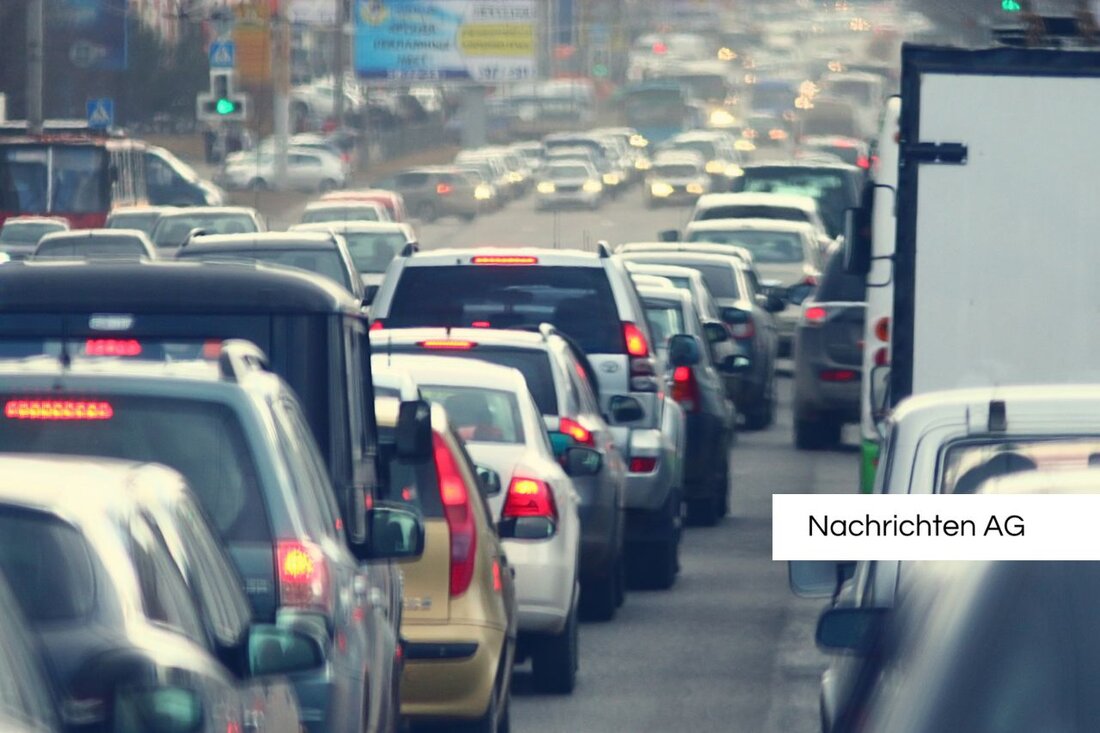Glacier root in the Lötschental: Bleed Blatten and residents in fear!
Glacier root in the Lötschental: Bleed Blatten and residents in fear!
in the Lötschental, Switzerland, there was a dramatic drop in glacier on the Birschgletscher on Wednesday last week, which spilled the village of Blatten and the hamlet of Ried. This natural disaster, which is considered the millennium, was triggered by day-long rocks on the small nesthorn, which culminated in a huge ice, rock and rubble avalanche. According to information from vienna.at the location was particularly dramatic, since the majority of the village of the Lonza under rubble and water were buried were.
The situation in the disaster area is still tense. Continuous rock breakdowns from the small nesthorn and several small misery in the area of the former Birsch glacier are a constant danger. So far, no cleanup has been able to start, but the traffic jam of the Lonza has slowly withdrawn. srf reported on May 17th, a few days before the glacier cancellation, first rock breakout at the small nesthorn were, which caused the authorities to block hiking trails and take evacuating measures for the residents.
evacuation measures and return of the residents
The evacuation took place in several phases: On the evening of May 17, 92 inhabitants and 16 guests had to leave their houses in Blatten. On May 19, the evacuation measures were extended to around 300 people when experts warned of a possible danger situation. On May 28th, when the situation became critical and the glacier demolished unexpectedly, Blatten and Ried was showered by rubble. The authorities accelerated their evacuation plans to protect the remaining residents.
Despite the catastrophic conditions, 13 residents were able to return to the outskirts of the spilled village on June 5 for a short time in order to get the bare essentials from their houses. This return was only possible with a helicopter, while the surrounding hamlets remained mostly untouched.
climate change as a factor for the experienced natural events
experts warn that such incidents in the Alps occur more frequently and are directly connected to the effects of climate change. Professor Michael Krautblatter emphasizes that the accumulation of rock falls has increased in recent years, which is due, among other things, to the warming of the Alpine region and the thawing of the permafrost. These climatic changes not only increase the erosion through water and wind, but also destabilize the geological structures of the mountains. WDR Glaciers that offer crucial stability in recent years.
The thawing of the permafrost means that the layers that thaw in summer are deeper, which increases the availability of water inside the mountain. These developments in turn increase the risk of clamps and glacier movements. The observations of geologists and mountain guides show that such natural disasters not only have local, but also potentially also regional effects and could continue to increase in the future.
Overall, the Lötschental faces a long and challenging period of restoration after this devastating ingestion, while the effects of climate change continue to focus.
| Details | |
|---|---|
| Ort | Lötschental, Schweiz |
| Quellen | |


Kommentare (0)